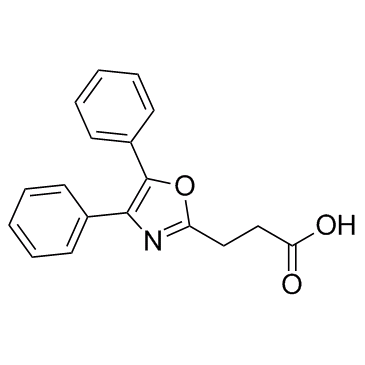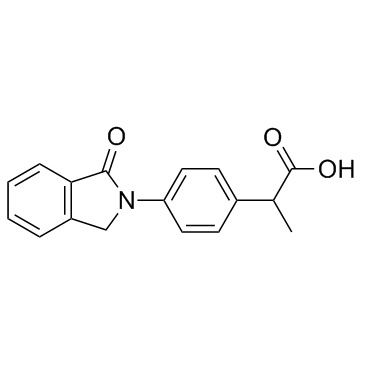| 结构式 | 名称/CAS号 | 全部文献 |
|---|---|---|
 |
奥沙普秦
CAS:21256-18-8 |
|
 |
2-(4-(1-氧代异吲哚啉-2-基)苯基)丙酸
CAS:31842-01-0 |